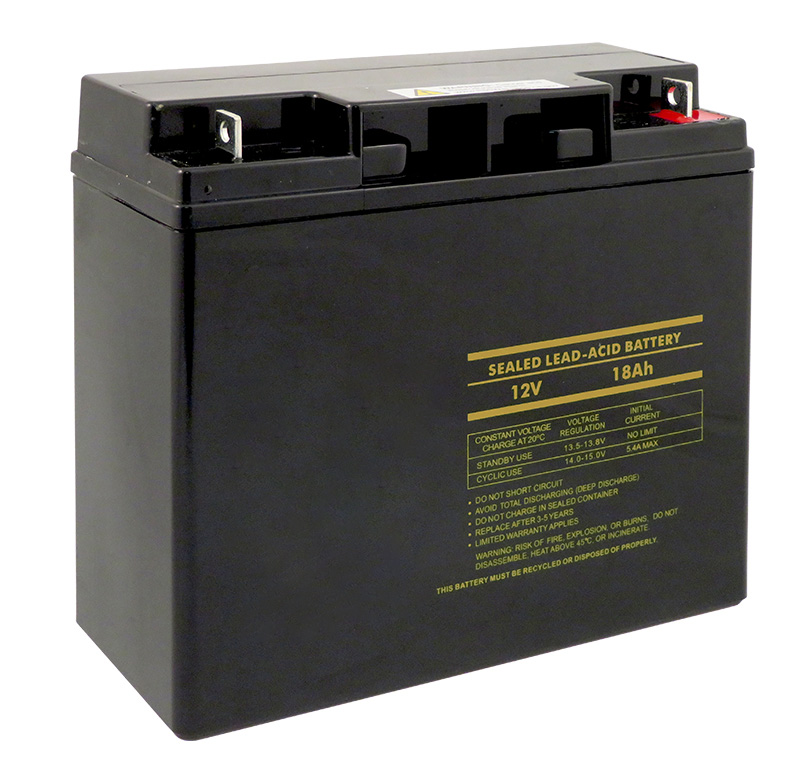Lead-acid battery terminals serve several critical functions in a battery system:
- Electrical Connection: The primary function of battery terminals is to provide a secure electrical connection between the battery and the electrical system of the device or vehicle. This connection allows the battery to deliver electrical power to the system and receive charging current when needed.
- Mechanical Stability: Battery terminals are designed to securely hold the battery cables or connectors in place. This ensures that the electrical connection remains stable, even under vibration or movement.
- Corrosion Resistance: Battery terminals are typically made of materials that resist corrosion, such as lead, copper, or brass. This helps maintain a reliable electrical connection over time, even in harsh environments.
- Polarity Identification: Battery terminals are often color-coded or labeled to indicate their polarity (positive or negative). This helps ensure that the battery is connected correctly, reducing the risk of damage to the electrical system.
- Safety: Properly designed and installed battery terminals reduce the risk of short circuits or electrical hazards, which can be dangerous or damaging to the battery and the surrounding equipment.
- Heat Dissipation: In some cases, battery terminals may also serve as heat sinks, helping to dissipate excess heat generated during charging or discharging.
Overall, battery terminals play a crucial role in the reliable operation and safety of lead-acid batteries and the electrical systems they power. Proper installation, maintenance, and selection of high-quality terminals are essential for optimal performance and longevity.


